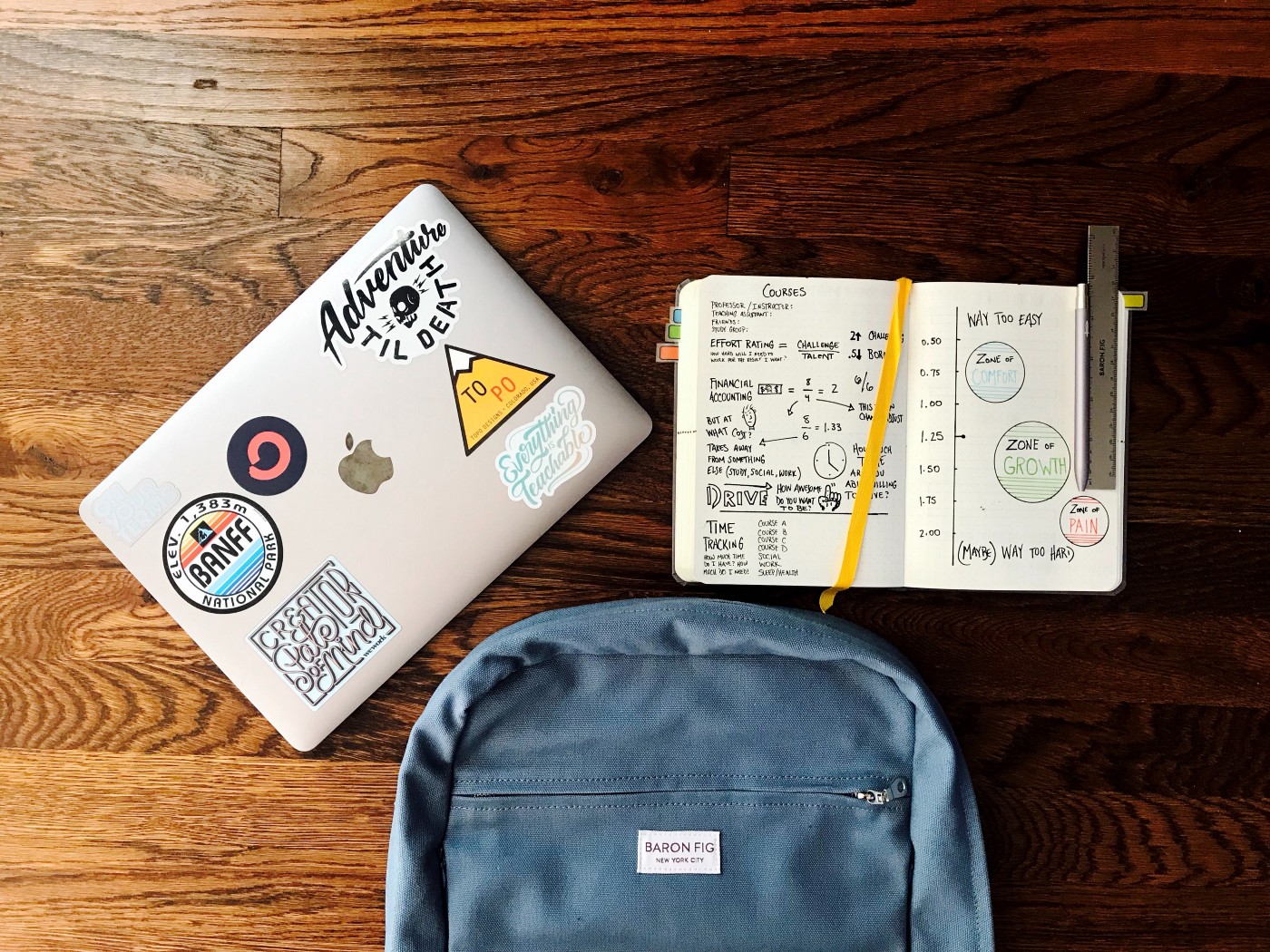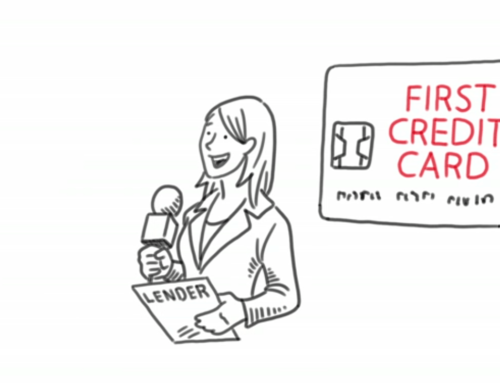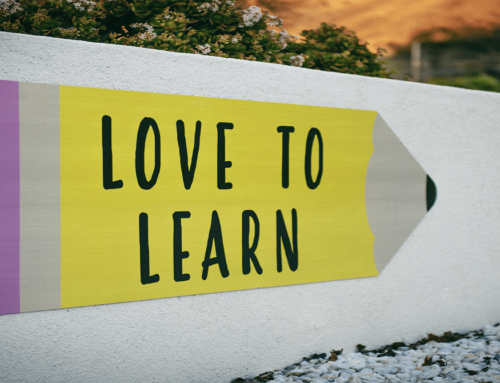Dual Enrollment as a Strategy for College Readiness
Dual enrollment, also known as concurrent enrollment or joint enrollment, is the practice of taking both high school classes and college classes simultaneously. We will discuss in another article about how dual enrollment has been shown to benefit students through higher retention rates, higher GPA scores, and quicker time to graduation. While all these benefits are enough to convince many high schoolers to consider dual enrollment, here we further consider dual enrollment as a method for college readiness and transition.
It’s long been accepted that a high GPA doesn’t perfectly translate to success in college. In her 2012 article, Melinda Karp recognizes the fact that “academically proficient students also have trouble persisting in college indicates that college readiness encompasses more than academic skill”. Indeed, the National Center for Education Statistics notes that 25% of full-time freshmen at four-year college do not return for their sophomore year. Besides learning new tactics for time-management and study-life balancing, students must also learn how to “navigate complex systems of bureaucratic requirements” as Karp puts it, adding “Students who do not have this knowledge are unlikely to be successful in college”
It’s clear then that being able to pass classes is not enough to graduate. A research paper from 2005 found the non-academic skills needed to succeed in college included strong time-management, goal orientation, ability to seek help, and an understanding of college systems and procedures. Another research paper found that counseling students on these non-academic skills led to improved student success. Surely though, nothing prepares a student to build these skills more than actually being in college.
Dual enrollment allows students to “play out” the role of a college student without having to fully commit. Not only do these students get a broader understanding of college norms, but by taking this pseudo-leap into college, the real leap will be that much smoother, and becoming a full-time college student will feel so much easier. Personally, I believe colleges ask too much of new students by expecting them to adapt to a new system while simultaneously taking classes, making new friends, and adjusting to a new living environment. By starting early and doing a little role-playing, high schoolers concurrently enrolled in college courses have more time to adjust and find themselves making fewer mistakes and under less stress when they become actual Freshmen.
In her research, Karp interviewed some dual enrollment students. Here was one student’s notion of college before their dual enrollment:
“[College students] can go to class if they want, or not, and I guess the teachers don’t really mark them there.”
And after their dual enrollment:
“You gotta do it all on your own…. It all depends on how willing you are or independent and committed… you gotta find help on your own… you gotta study, gotta come to class, gotta do the work, gotta pay attention.”
Just one semester of dual enrollment made an impact on this student’s perception of college and what’s needed to succeed. It’s much better to learn this lesson early and start taking college seriously before enrolling in a four-year program, especially if you end up at a private or out-of-state school, where slips up in your first semester can easily cost thousands of dollars down the road.
With so many courses being offered online now (no thanks to COVID), it’s never been a better time to try out dual enrollment. For some high school students, going onto a physical college campus is scary, but working through online college courses is more like dipping a toe in the water before plunging in. Students may not get all the advantages of playing the role of a college student on a college campus, but they certainly become more familiar with the key non-academic skills mentioned above: time-management skills, goal orientation, ability to seek help, and understanding of college systems and procedures. Most also become more sensitive to the value of their education and often make positive adjustments to becoming a better student.







